Nvidia Corp on Monday took the wraps off new products such as artificial intelligence (AI) to better train robots and cars, souped-up gaming chips and its first desktop computer, as it expounded upon its potential to expand its business.
At CES 2025, a major annual tech conference in Las Vegas, CEO Jensen Huang (黃仁勳) laid out how the world’s second-most valuable firm is bringing technology that powers its lucrative data center AI chips to consumer PCs and laptops.
He also introduced what Nvidia calls Cosmos foundation models that generate photo-realistic video which can be used to train robots and self-driving cars at a much lower cost than using conventional data.
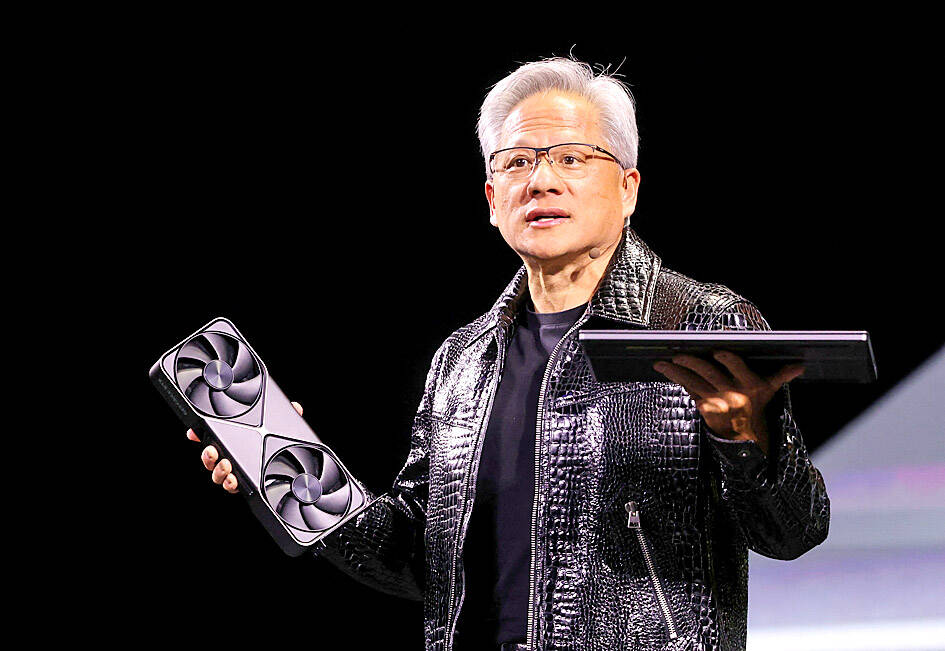
Photo: Reuters
By creating so-called “synthetic” training data, the models help robots and cars understand the physical world similar to the way that large language models have helped chatbots generate responses in natural language.
Users would be able to give Cosmos a text description that can be used to generate video of a world that obeys the laws of physics. This promises to be much cheaper than gathering data as it is done today such as putting cars on the road to gather video or having humans teach robots repetitive tasks.
Cosmos would be made available on an “open license,” similar to Meta Platforms Inc’s Llama 3 language models that have become widely used in the tech industry.
“We really hope [Cosmos] will do for the world of robotics and industrial AI what Llama 3 has done for enterprise AI,” Huang said.
Huang also unveiled new gaming chips that use Nvidia’s Blackwell AI technology, which has helped propel its sales in data centers.
The chips, which Nvidia calls its RTX 50 series, aim to give video games movie-like graphics, especially in a field known as “shaders,” which can help images like a ceramic teapot look more realistic by adding imperfections and fingerprint smudges to its surface.
The new chips can also help game developers generate more accurate human faces, an area where players are apt to notice even slightly unrealistic features. The chips would range in price from US$549 to US$1,999, with top models arriving on Jan. 30 and lower-tier models coming next month.
Huang also showed off its first desktop computer, called Project Digits — albeit a computer designed for computer programmers rather than regular consumers.
Costing US$3,000 and running an Nvidia operating system based on Linux, it would feature the same chip at the heart of the company’s data center offerings, but paired with a central processor built with help from MediaTek Inc (聯發科).
The chips would come in a smaller package that can be used by individual software developers to test their AI systems quickly. The desktop would be available in March.
Nvidia also said Toyota Motor Corp would use its Orin chips and automotive operating system to power advanced driver assistance in several models.
It did not give details about the models.
Huang expects automotive hardware and software revenue of US$5 billion in the fiscal next year, up from an expected US$4 billion this year.
CES runs through Friday.
Nvidia’s stock closed at a record high of US$149.43 on Monday, bringing its valuation to US$3.66 trillion and making it the world’s second-most valuable listed company behind Apple Inc.
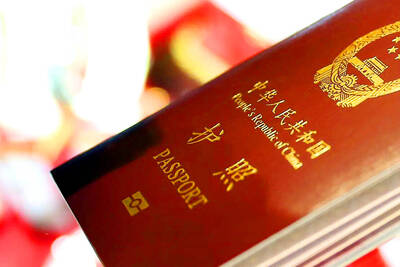
The Ministry of the Interior (MOI) is to tighten rules for candidates running for public office, requiring them to declare that they do not hold a Chinese household registration or passport, and that they possess no other foreign citizenship. The requirement was set out in a draft amendment to the Enforcement Rules of the Public Officials Election and Recall Act (公職人員選舉罷免法 ) released by the ministry on Thursday. Under the proposal, candidates would need to make the declaration when submitting their registration forms, which would be published in the official election bulletin. The move follows the removal of several elected officials who were
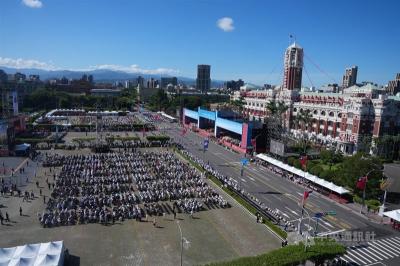
The Republic of China (ROC) is celebrating its 114th Double Ten National Day today, featuring military parades and a variety of performances and speeches in front of the Presidential Office in Taipei. The Taiwan Taiko Association opened the celebrations with a 100-drummer performance, including young percussionists. As per tradition, an air force Mirage 2000 fighter jet flew over the Presidential Office as a part of the performance. The Honor Guards of the ROC and its marching band also heralded in a military parade. Students from Taichung's Shin Min High School then followed with a colorful performance using floral imagery to represent Taiwan's alternate name
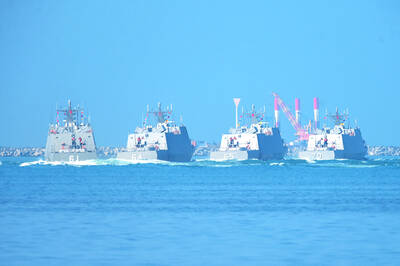
FOUR DESIGNATED AREAS: Notices were issued for live-fire exercises in waters south and northwest of Penghu, northeast of Keelung and west of Kaohsiung, they said The military is planning three major annual exercises across the army, navy and air force this month, with the navy’s “Hai Chiang” (海強, “Sea Strong”) drills running from today through Thursday, the Ministry of National Defense said yesterday. The Hai Chiang exercise, which is to take place in waters surrounding Taiwan, would feature P-3C Orion maritime patrol aircraft and S-70C anti-submarine helicopters, the ministry said, adding that the drills aim to bolster the nation’s offshore defensive capabilities. China has intensified military and psychological pressure against Taiwan, repeatedly sending warplanes and vessels into areas near the nation’s air defense identification zone and across
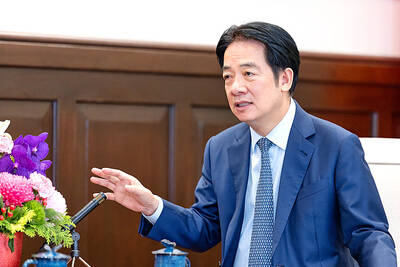
COVETED PRIZE: The US president would be a peace prize laureate should he persuade Xi Jinping to abandon military aggression against Taiwan, William Lai said US President Donald Trump should get the Nobel Peace Prize should he be able to convince Chinese President Xi Jinping (習近平) to abandon the use of force against Taiwan, President William Lai (賴清德) told a conservative US radio show and podcast in an interview. The US is Taiwan’s most important international backer, despite the absence of formal ties, but since Trump took office earlier this year he has not announced any new arms sales to the nation. Trump could meet Xi at the APEC summit in South Korea on Oct. 31 and Nov. 1. Lai, speaking on The Clay Travis and Buck Sexton